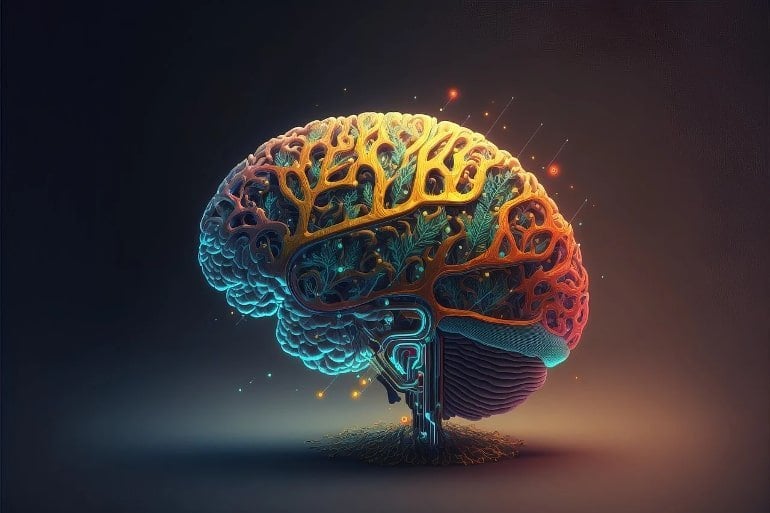Summary: Endophilin A1, a gene associated with an increased risk of Parkinson’s disease also blocks the process by which the brain and body recycle waste.
Source: University of Queensland
Researchers from the University of Queensland have identified a gene associated with an increased risk of Parkinson’s Disease also contributes to a build-up of cell debris in the brain.
Dr Adekunle Bademosi from The Queensland Brain Institute said the discovery could change the focus of Parkinson’s Disease treatment.
“Our team has found that a Parkinson’s Disease-linked mutation in a gene called Endophilin A1 blocks the process by which the body and the brain recycle cell waste,” Dr Bademosi said.
Without the process, called autophagy, toxic debris builds up and neurons die – known hallmarks of Parkinson’s Disease.
“We knew we could induce autophagy in cells by starving them of amino acids and the subsequent breakdown of debris tells a protein called EndoA to approach the cell membrane and begin the recycling process,” Dr Bademosi said.
“Now we’ve also seen that regular signals between neurons in the brain starts EndoA-induced autophagy when the electric impulses trigger the release of proteins or neurotransmitters at synapses.

“Unfortunately, when the Endophilin A1 gene is affected in Parkinson’s, the protein EndoA becomes insensitive to this trigger at the synapse and the debris that should be thrown out for recycling builds up instead.”
Current Parkinson’s treatments tend to focus on clearing out the build-ups and replacing what is lost when too many neurons die.
“It may be time to shift the treatment focus to autophagy as the mechanism underlying these disease hallmarks,” Dr Bademosi said.
Exploring the use of compounds that induce or inhibit autophagy could pave the way for new, more effective Parkinson’s drugs.
UQ acknowledges the collaborative efforts of researchers in Professor Patrik Verstreken’s lab at the Flanders Institute of Biotechnology (VIB) in Belgium.
About this Parkinson’s disease and genetics research news
Author: Lisa Clarke
Source: University of Queensland
Contact: Lisa Clarke – University of Queensland
Image: The image is in the public domain
Original Research: Open access.
“EndophilinA-dependent coupling between activity-induced calcium influx and synaptic autophagy is disrupted by a Parkinson-risk mutation” by Adekunle Bademosi et al. Neuron
Abstract
EndophilinA-dependent coupling between activity-induced calcium influx and synaptic autophagy is disrupted by a Parkinson-risk mutation
Highlights
- Pre-synaptic Ca2+ influx induces autophagy at Drosophila synapses
- Ca2+ influx drives changes in EndoA rigidity, localization, and synaptic autophagy
- Starvation and Ca2+ influx independently trigger autophagosome formation
- A Parkinson disease-linked mutation in EndoA1 blocks synaptic autophagy
Summary
Neuronal activity causes use-dependent decline in protein function. However, it is unclear how this is coupled to local quality control mechanisms.
We show in Drosophila that the endocytic protein Endophilin-A (EndoA) connects activity-induced calcium influx to synaptic autophagy and neuronal survival in a Parkinson disease-relevant fashion.
Mutations in the disordered loop, including a Parkinson disease-risk mutation, render EndoA insensitive to neuronal stimulation and affect protein dynamics: when EndoA is more flexible, its mobility in membrane nanodomains increases, making it available for autophagosome formation. Conversely, when EndoA is more rigid, its mobility reduces, blocking stimulation-induced autophagy.
Balanced stimulation-induced autophagy is required for dopagminergic neuron survival, and a variant in the human ENDOA1 disordered loop conferring risk to Parkinson disease also blocks nanodomain protein mobility and autophagy both in vivo and in human-induced dopaminergic neurons.
Thus, we reveal a mechanism that neurons use to connect neuronal activity to local autophagy and that is critical for neuronal survival.






